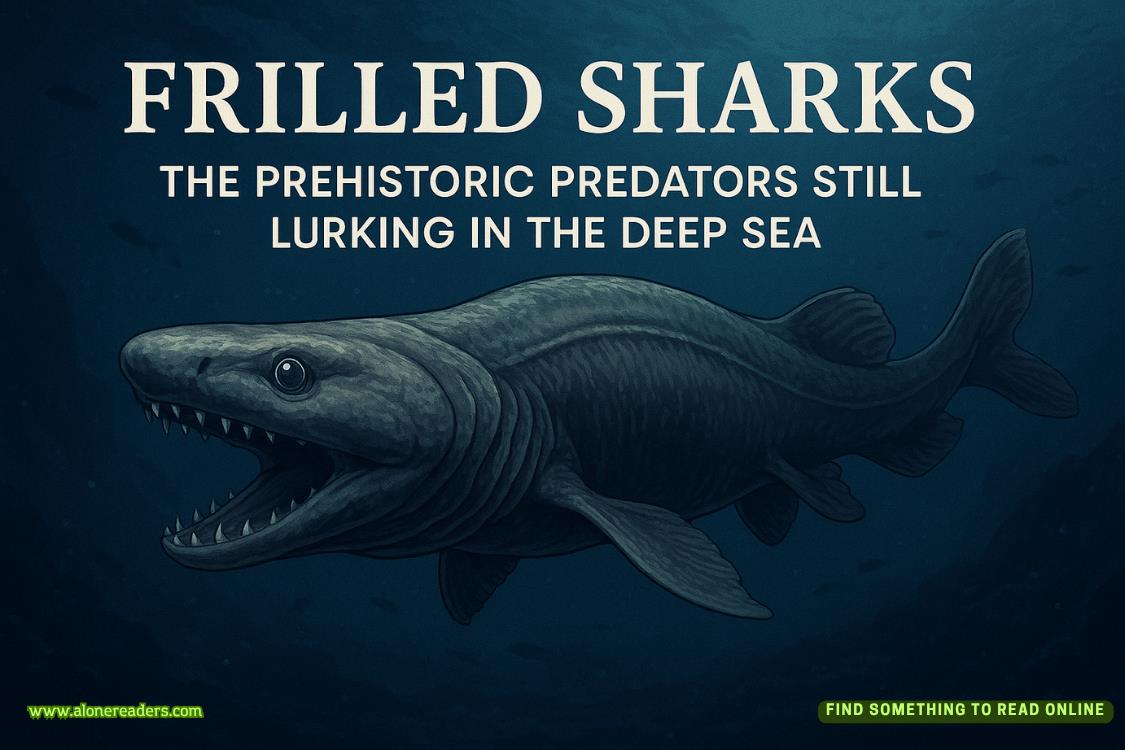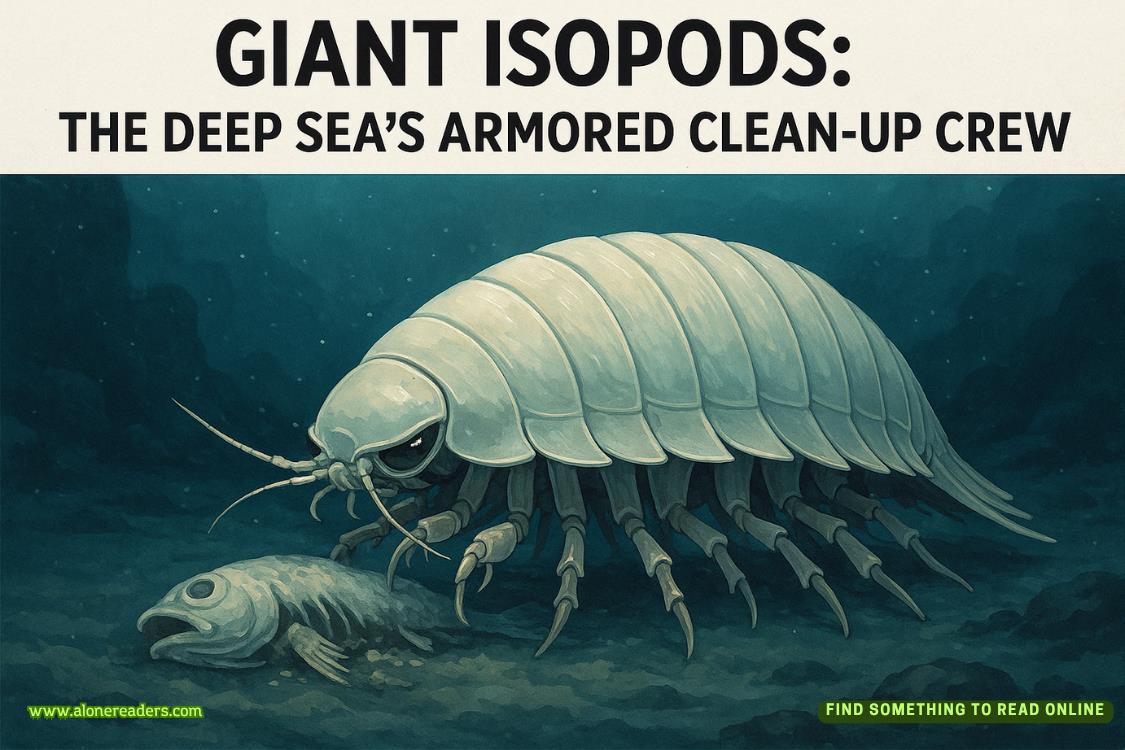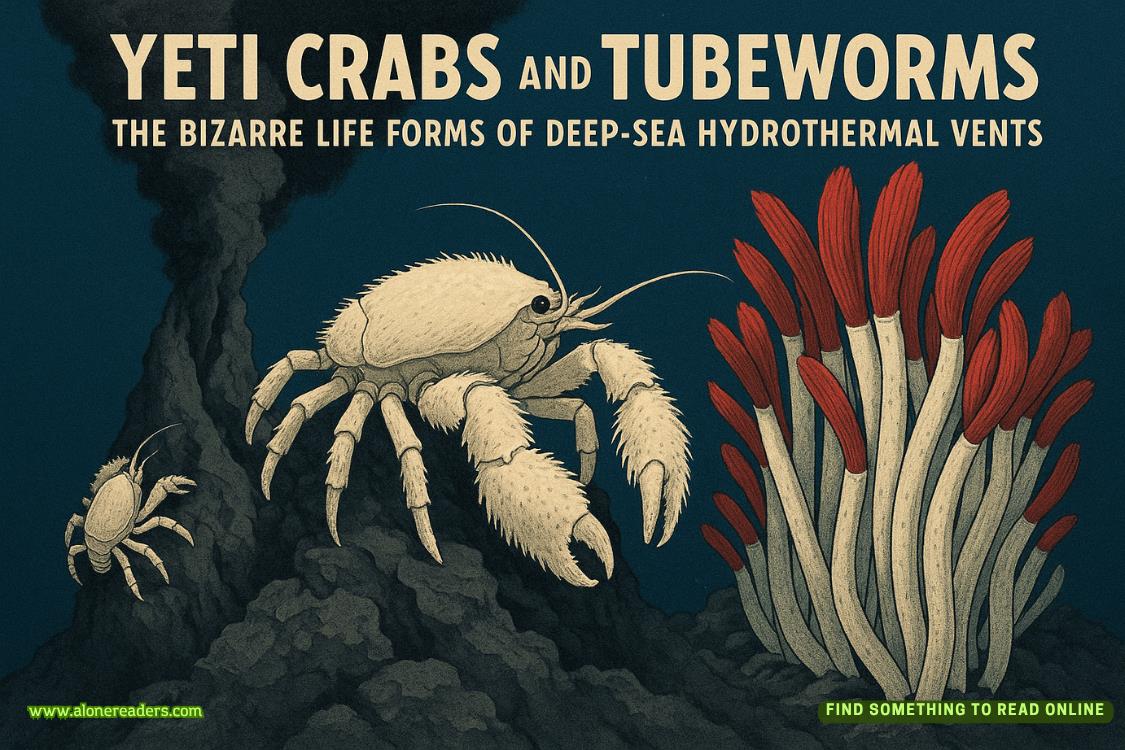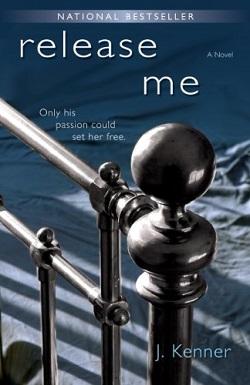* * *
The Kid made the front page of the Chicago Daily Tribune on December 29, when it named “Billy the Kid” as the leader of “the notorious gang of outlaws composed of about 25 men who have for the past six months overrun Eastern New Mexico, murdering and committing other deeds of outlawry.”
Somehow the Illustrated Police News in Boston soon got hold of the 1880 ferrotype of the Kid and engraved the image in its pages in the first national portrait of the “Boy Chief of New Mexico Outlaws and Cattle Thieves.”
In Santa Fe, the gloomy adobe jail was at the corner of Water Street and Bridge Street, a quarter mile southwest of the Governor’s Palace, and because of his fame as an escape artist, the Kid was confined to a windowless stone basement cell with multiple jailers on watch. Sheriff Garrett was released from his custodial duties as soon as the captives were locked up, and he returned to Lincoln to impatiently await his five-hundred-dollar reward. The governor was in the East again and would not get back until February, but the Kid’s jailers gave no hint of that, letting him mail a plaintive one-sentence note to Lew Wallace saying,
I would like to see you for a few moments if you can spare the time.
Because of his celebrity, though, the Kid was seen by a host of others, including Miguel Antonio Otero, Jr., who was just one month older and in 1897 would become the first Hispanic governor of New Mexico. With nothing much to do, the Kid took up smoking for a few days, and Otero brought him gifts of cigarette papers and Old Kentucky tobacco, as well as Wunderlee candy corn, Whitman’s chocolates, and Fleer’s Chiclets chewing gum.
Years later Governor Otero wrote in a memoir, “I liked the Kid very much, and nothing would have pleased me more than to have witnessed his escape. He was unfortunate in starting out in life, and became a victim of circumstances. I had been told that Billy had an ungovernable temper, however I never saw evidence of it; he was always in a pleasant humor when I saw him—laughing, sprightly, and good-natured.”
Judge Ira E. Leonard visited his client in January but just engaged in small talk about his recent move to Lincoln while saying he’d tell the Kid his legal strategy for the forthcoming trial when he returned from the East later that month. The lawyer failed to fulfill his promise.
Still jailed in Santa Fe on March 2, 1881, the Kid wrote to the governor again, claiming,
I have some letters which date back two years, and there are Parties who are very anxious to get them but I shall not dispose of them until I see you, that is, if you will come immediately.
Enticing as those secret letters would seem
to have been, they were probably just a fiction.
Hearing nothing from a governor whose office was just three blocks away, the Kid sent another letter on March 4.
Dear Sir, I wrote you a little note the day before yesterday but have received no answer. I expect you have forgotten what you promised me, this month two years ago, but I have not and I think you had ought to have come and seen me as I requested you to. I have done everything that I promised you I would and you have done nothing that you promised me. It looks to me like I am getting left in the cold. I am not treated right by Sheriff Sherman as he lets any stranger with curiosity see me, but will not let in a single one of my friends, not even an attorney. I guess they mean to send me up without giving me a show but they will have a hard time doing it. I am not entirely without friends in New Mexico. I shall expect to see you some time today. Patiently waiting I am truly yours, respectfully, Wm. H. Bonney.
The Kid could not have known that March 4, the date of the inauguration of the twentieth President of the United States, James Abram Garfield, was also the date that Governor Lew Wallace tendered his official letter of resignation to the president, his fame as a novelist having earned him the grander job of Ambassador to the Ottoman Empire in Constantinople. Handed the Kid’s latest letter, Wallace scoffed in his reading and returned it to his secretary, saying, “Would you hurt a man keenest, strike at his self-love.”
The first of the gang’s trials featured Dave Rudabaugh being convicted for robbing the United States Post Office when he was still a policeman in Las Vegas. Condemned to a ninety-nine-year prison sentence for that offense, he was then sent east to Las Vegas to be prosecuted in another trial for his murder of the jailer Lino Valdez, at which he was found guilty and sentenced to be hanged. While waiting for execution in a decrepit Las Vegas jail, in December 1881 Rudabaugh managed to escape with six other prisoners by hacking a hole through the deteriorating adobe wall of their cell with dinner knives and spoons. He fled west to Arizona, where he hired on with the Clanton gang in their war against Wyatt Earp and his brothers, joining in the killing of Morgan Earp and in the effort to kill Virgil Earp before he skinned out for Old Mexico. Working as a despised vaquero and rustler there, Rudabaugh got into a gunfight over a card game in Chihuahua, killing two men and injuring another before he himself was shot dead in his thirty-first year and had his miserable, psychotic, unclean head sawed off with a machete. It was displayed on a high pole for three weeks before wheeling vultures finally picked it clean.
On January 21, Billie Wilson had been arraigned for robbery and passing counterfeit currency in Santa Fe, but Judge Warren Bristol found that some paperwork was not filed by another judge on time and he declared a mistrial. Wilson, though, was still held for further prosecution, and on March 27 he was sent with the Kid for trial in Mesilla, the shackled pair being escorted by five guards on an Atchison, Topeka & Santa Fe train that had its deadhead in Rincon, about 250 miles to the south.
Just a day earlier the Kid had sent his fourth and final letter to Lew Wallace, who was being replaced as governor by Lionel Allen Sheldon, a three-term congressman from Louisiana.
Dear Sir, for the last time I ask. Will you keep your promise? I start below tomorrow. Send answer by bearer. Yours respectfully. W. Bonney.
Wallace failed to answer, and when a journalist noted that “Billy the Kid appears to be looking to you to save his neck,” Wallace smiled as he said, “Yes, but I can’t see how a wild fellow like him should expect any clemency from a faithful civil servant.”
* * *
Sitting beside the Kid in a wooden passenger car on the route to Mesilla was Deputy Marshal Tony Neis of Santa Fe, and just opposite him with a shotgun across his tree-trunk thighs was Deputy Marshal Ameredith R. B. “Bob” Olinger of Lincoln, whose floor-mop hair was as long as Samson’s. Born in 1850, he’d grown up, like Billy, in Indiana and Kansas, and followed his older brother, Wallace Olinger, to Seven Rivers, making do as a cattle detective and poker cheat, finding a mentor in Jimmy Dolan, hunting counterfeiters and Regulators, and joining in the siege of Alexander McSween’s house before being commissioned, at Jimmy Dolan’s urging, as a deputy marshal for Lincoln County. He invented the nickname Pecos Bob, but no one called him that. A Las Vegas editor once praised him as “the tall sycamore of Seven Rivers,” but more characteristic was a Texas Ranger’s assessment that he was “the meanest man in New Mexico,” and there was Pat Garrett’s own warning that the cold-blooded Olinger “was born a murderer at heart. I never camped out with him that I was not vigilant lest he harm me. But we had to use for deputies such as we could get.”
Along the way to Rincon, Bob Olinger asked Tony Neis, “You notice little Billy won’t look me in the eye?”
“I did.”
“Hates me is why. A few years ago Apaches swiped his horse and boots and he was famished and afoot for days. Heiskell and Ma’am Jones let him get well over to their Seven Rivers homestead. The Joneses was nine sons! Each of em rustlers. Was John Jones your age?” Olinger asked the Kid. “Heard you’d do chores with him and hunt or whatever.”
The Kid said nothing.
Olinger told Neis, “I find it strange that Johnny was on our side during the McSween besiegement, but him and the Kid still stayed friends.”
The Kid said, “Johnny was just dirt poor and getting paid for it. He didn’t have no dog in the fight.”
“Well, a few months after the big killing I was sharing a room at Lewis Paxton’s ranch, me with Milo Pierce, a justice of the peace. And here Johnny Jones rides up and confesses to Milo that he got hot under the collar with John Beckwith over some such and he was so very sorry but he ended up killing his friend. Wanted to turn hisself in. ‘Likely self-defense, wasn’t it?’ Milo says, and I know Jones is for sure getting off. So I invoked some frontier justice and fired a ball into Johnny’s throat. There he was, stunned and drowning on his own blood, making sounds like coffee percolating, then he fell and lost all sense of hisself on the floor. Was funny to see. Looked like a fish with his flopping and twitching. Took him no more’n half a minute to bleed out.”
The Kid filled in, “And I swore to the Joneses that I’d get even.”















